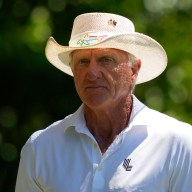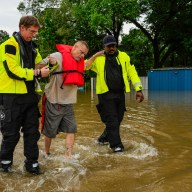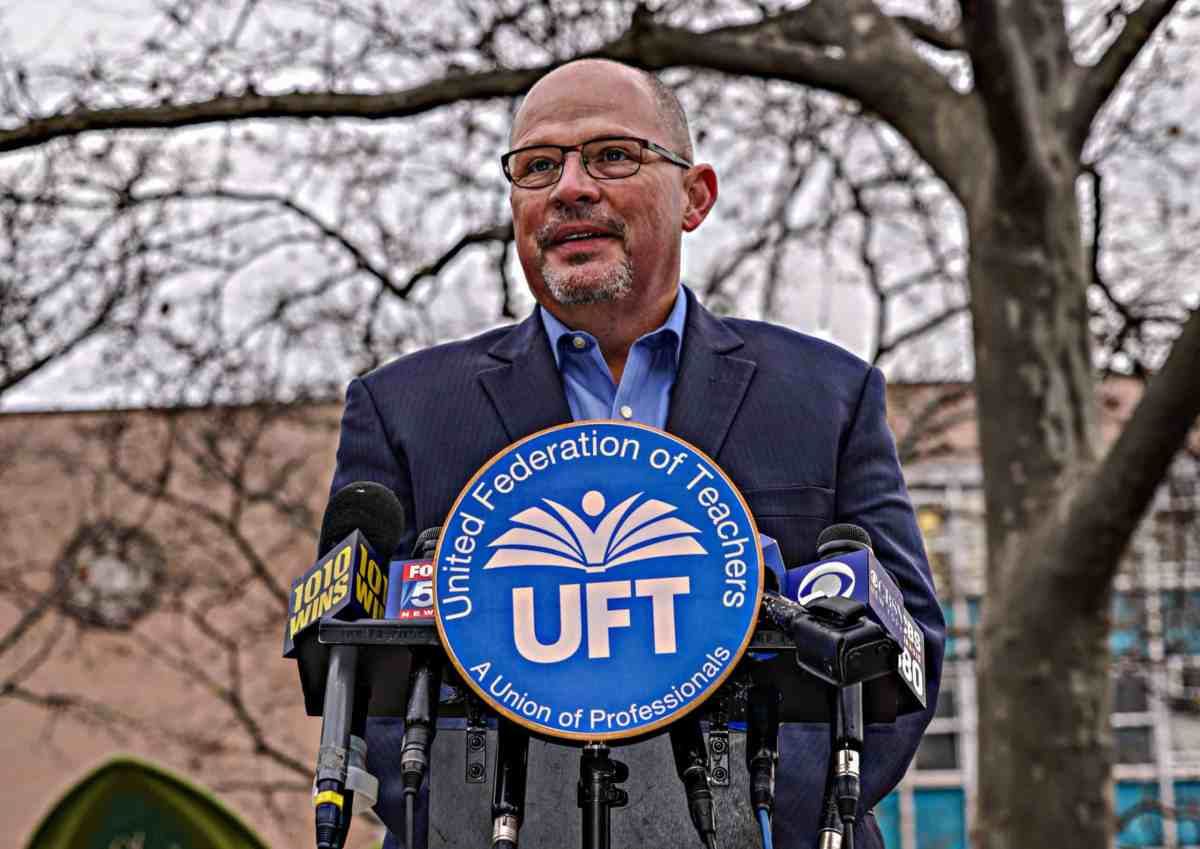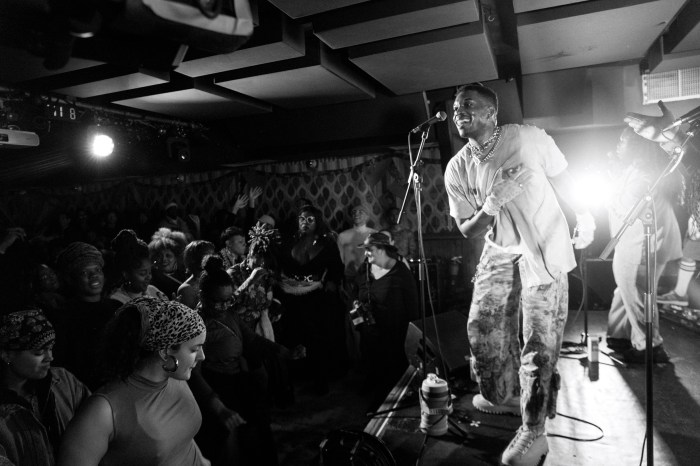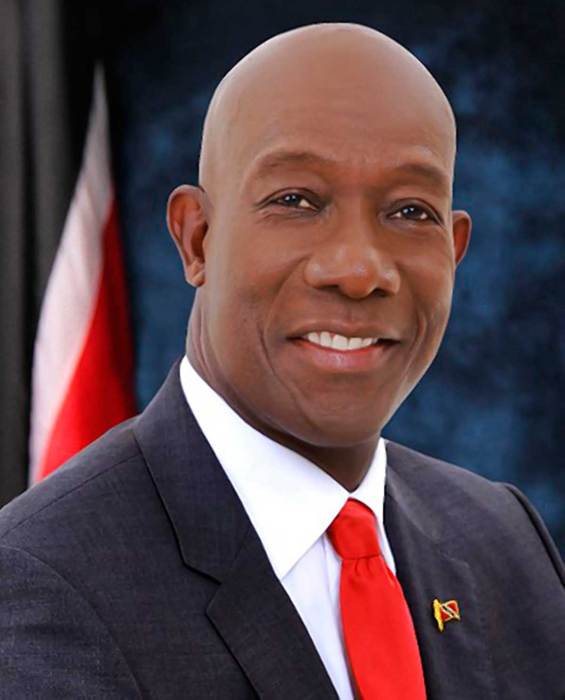A woman in a white nightgown stands in front of a crowd of 50 or so on the grassy grounds of the Centre for Addiction and Mental Health on Queen Street West. Reading lines from a script, she’s telling the story of a psychiatric patient who lived here when it was still the Toronto Hospital for the Insane.
After the performance, Ruth Stackhouse, clad in a black negligee and brown newsboy cap, leads the group out of the park and west along the Queen Street sidewalk. A colourfully decorated hospital bed is wheeled in front, followed by a stream of people, banners and drums.
“Ruth Ruth,” as she’s known here, wanders through the Mad Pride parade, smiling and dancing. One of the original organizers of the event, Ruth tells me about the nightgowns and the hospital bed — symbols of life in the asylum, brought out in the open. Madness brought to light.
To her, Mad Pride, which dates back to 1993, is a celebration of the good side of psychiatric conditions. Growing up with dyslexia, Ruth thought she was dumb, but not anymore. She sees her dyslexia as a gift.
“I’m a theatre director,” says Ruth, who works at the Friendly Spike community theatre. “I wouldn’t be able to do what I do if it weren’t for my dyslexia.”
As we walk the parade route, Ruth smiles at an unassuming man with light brown hair, who’s holding a banner. Geoffrey Reaume is another longtime Mad Pride organizer. He was put in a psychiatric ward when he tried to kill himself at 14, and again at 16. Diagnosed as paranoid schizophrenic, he wasn’t thrilled about meeting other patients. But to his surprise a girl labelled “retarded” became his good friend. He would later focus his PhD on sifting through patient records, researching the people who lived and died in the Toronto Hospital for the Insane. He’s now a professor at York.
As we pass, a boisterous black man shouts, “Show your madness!” in the tone of a gospel preacher as a man in an electric wheelchair honks his horn. Ruth and others want Parkdale, home to the largest number of psychiatric patients and survivors in the city, to become the city’s Mad Village — like Chinatown or the Gay Village.
“It would be a safe place,” she says. “If I have angels on my shoulders, I can say so. And it’s OK.”




